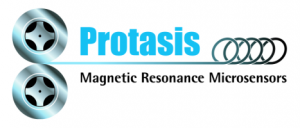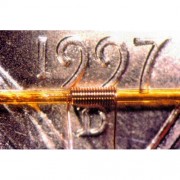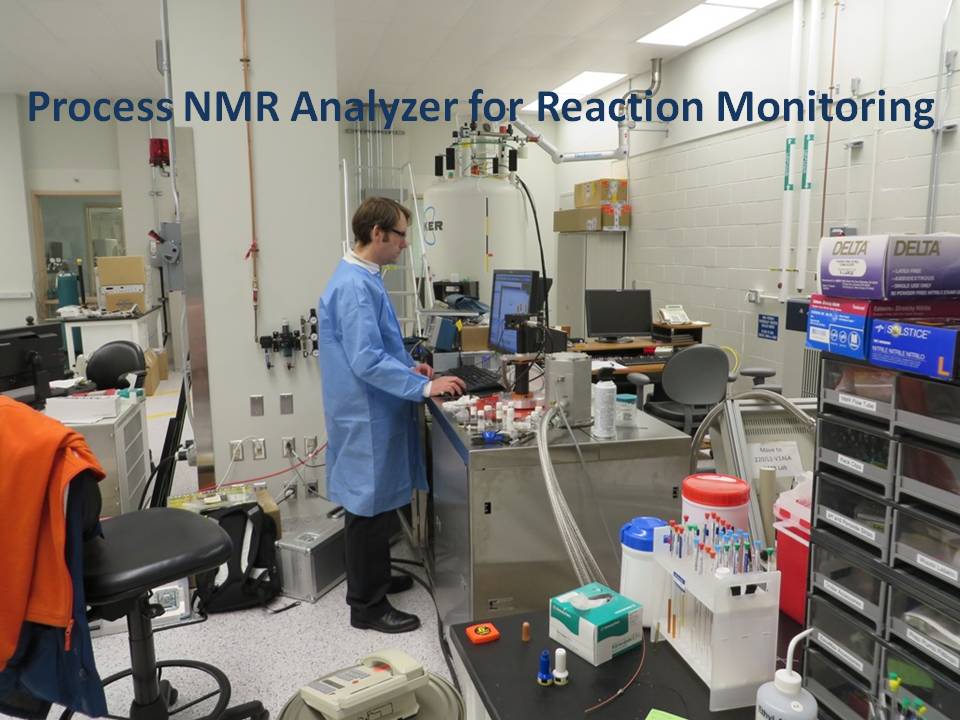One-Minute NMR Platform
One-Minute NMR Overview
Now you can obtain the highest quality NMR spectra automatically with less sample in less time:
 Highest mass sensitivity (micrograms)
Highest mass sensitivity (micrograms)- One minute fluidic cycle time
- One minute proton spectra
- 2D spectra in a few hours
- One-Minute NMR Software
- Web-based with the same browser interface for Agilent, Bruker, Varian INOVA and JEOL
- Load from standard laboratory consumables;
- low volume vials
- 96-well plates
- 384-well plates, etc.
- Downsize to MicroFlow NMR and save on sample utilization, reagent cost, tube cost and magnet time
Who uses NMR Automation?
- Mass-limited researchers building full libraries of 1D and 2D spectra
- Multi-user facilities that want improved NMR productivity
- Biofluids analysts need higher throughout for serum and urine
- Facility managers wanting to breathe new life into existing 400 MHz NMR systems
- Anyone that wants automated use standard microplates or vials
We believe that end-user collaboration is key to creation of quality products that deliver the results you need.
The One-Minute NMR system was designed by a team of NMR spectroscopists, software developers and fluidic engineers. Participating NMR users helped out by specifying their needs and providing feedback as development began. The resulting modular, expandable Discovery Platform can keep up with your sample demand today and can evolve to meet your laboratory’s changing needs and increasing workloads. One-Minute NMR delivers advanced features across the discovery and development value chain, from natural product chemists to biofluids analysis to trace impurity identification. Every chemist and their managers will appreciate the productivity boost and convenience of walk-away, unattended operation, with special support for overnight samples. When you consider the reduced sample prep for new samples, reduced sample utilization from existing libraries, reduced reagent and solvent consumption, elimination of the cost and climbing of tubes. and improved magnet utilization due to faster spectral acquisition, this is a system that easily justifies itself in any NMR facility with multiple users or many samples.
Protasis Discovery Platforms deliver amplified performance in software and hardware, applied to real-world customers and samples.
One-Minute NMR Requirements
Operating System
Windows XP Professional (Legacy Support for Existing Customers)
Windows 7, 8 or 8.1
RAM
4GB (minimum)
Hard Drive
1TB (typical installation)
Notes
Windows Professional is required. .NET Framework and SQ Server run-time are used.
Compatible NMR Operating Systems
Linux
Windows (Bruker)
Compatible Spectrometers
Agilent
Varian
Bruker
JEOL
Other
Internet Explorer 8 should be used for Windows XP systems.
Internet access is required for the installation.








